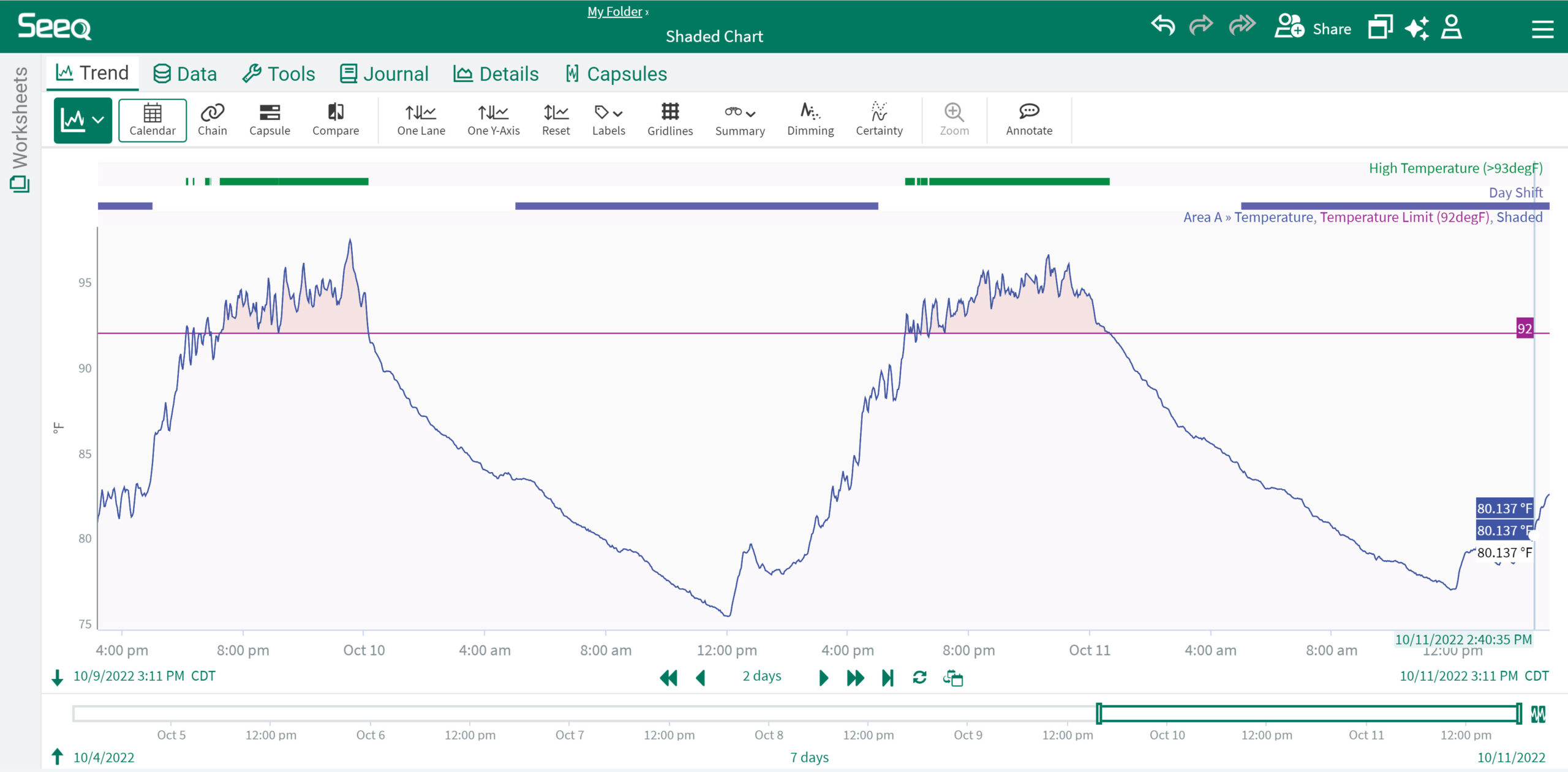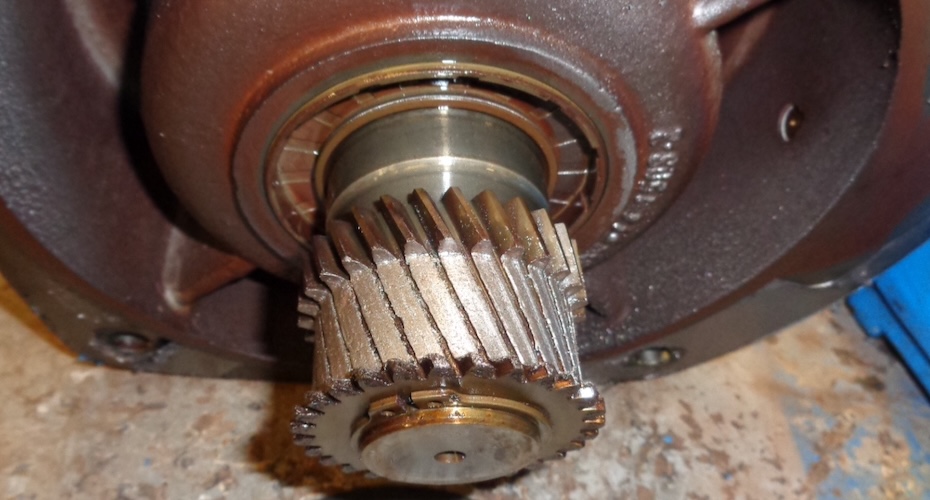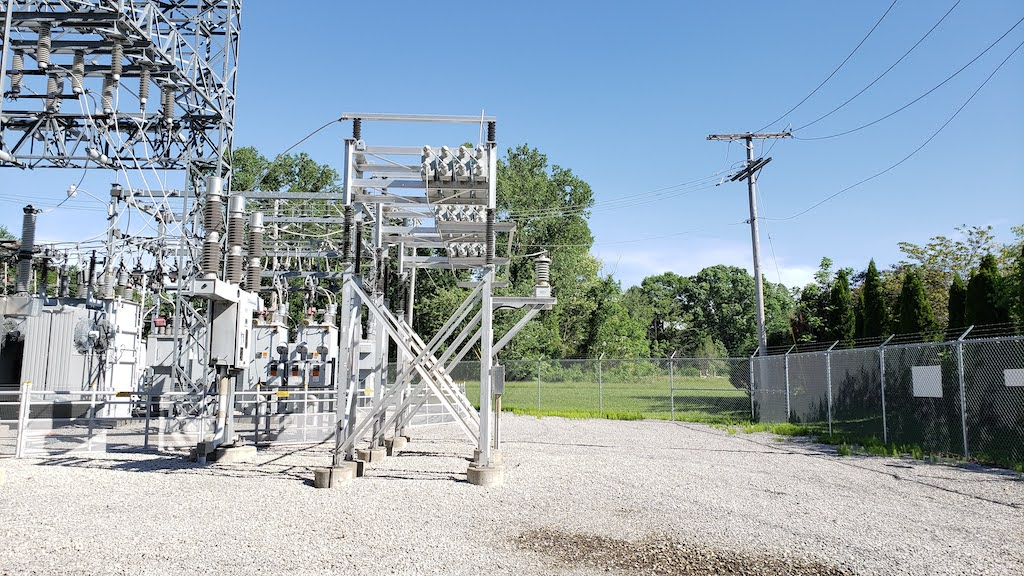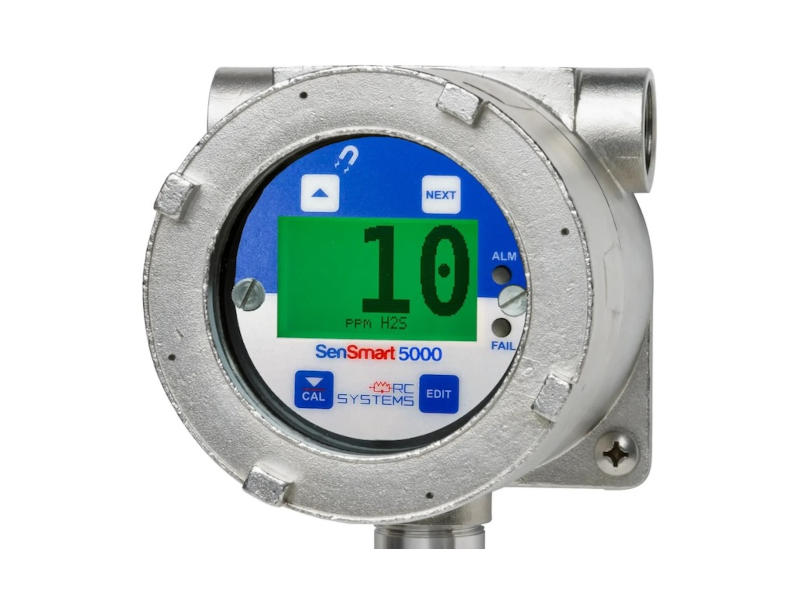For some, it may be surprising to learn about the enormous impact boilers and pressure vessel equipment have on their daily lives.
For some, it may be surprising to learn about the enormous impact boilers and pressure vessel equipment have on their daily lives. In contrast, certain plant and facility engineers have had direct, even catastrophic, experiences that have taught them the value of this equipment and the necessity of giving it the care it requires.
Let’s face it, plant utilities represent a substantial overhead expense that reduces the bottom line. Time and time again plant engineers are required to do more with less and, consequently, are forced to defer maintenance. Eventually, equipment failures occur with increasing frequency, forcing immediate, unplanned repairs.
The consequence of this approach typically transforms what was once a proactive management policy into a reactive role. However, it is widely recognized that the most costly approach to maintenance is reactive planning. These repair costs, direct and indirect, can be significantly higher than those of a proactive management program. At this point, the concept of treating such equipment as a “capital asset in need of management” is key to financial and operational success.
Treating pressure vessels and equipment as assets involves establishing a mindset that is proactive towards maintenance, upkeep, and repair. Don’t wait until the warning signs are flashing before taking action. For example, consider an actual situation involving an extensive district heating system. Leaks in the distribution system went unattended because of cuts to the maintenance budget.
The consequence of this action affected the boiler water treatment program by causing excessive chemical consumption. With the budget unable to support the increased chemical cost, the system was left to its own demise. Years later, instead of having only to repair the distribution loop, the plant faced a major capital project, including possible replacement of the critical pressure equipment assets.
Equipment as a capital asset
In most situations, the life of pressure equipment can be extended through an asset management approach. Boilers, pressure vessels, and production equipment and systems are typically classified as capital and are considered assets because their value diminishes over time and is depreciated according to appropriate accounting practice. Although categorizing major equipment as capital assets is not new, the way it is managed changes significantly when we introduce a combination of condition assessment, altered maintenance practices, and financial planning.
Managing equipment as a capital asset essentially involves three steps:
-
Understanding the condition of all major equipment
-
-
Altering maintenance practices and procedures
-
-
Developing a long-term equipment strategy.
-
Implementing these steps almost always results in more effective use of resources and financial capital.
Understanding your assets
Understanding the life and reliability of an asset is key to this approach. A number of organizations provide clients with the latest in maintenance reliability, reliability-centered maintenance, and preventive/predictive maintenance. These tools are in-tended to increase productivity and reliability while more effectively managing maintenance costs. They are an essential part of any operation and provide the information required to manage the life of pressure equipment.
Before selecting a maintenance strategy that will be integrated into a comprehensive asset management program, a thorough understanding of the equipment condition is essential. An engineering assessment provides a road map to prioritized plan development. Data acquired during an engineering review represent the basis for subsequent decisions regarding maintenance philosophy and asset classification. Once the equipment condition and remaining life are established, it becomes easier to find the appropriate balance between maintenance and financial management.
An alternate perspective
Consider the need to manage the maintenance of boiler and pressure vessel equipment relative to the customary practice of managing daily operations. Operating personnel routinely inspect boilers and pressure vessels during periods of operation. They look for any visual signs of distress or abnormal performance. Leaks, for example, whether liquid or gaseous, indicate a developing problem.
Operations may incorporate either direct or indirect observation methods. For instance, testing water chemistry requires a combination of direct and indirect measurement. It is used to directly indicate whether the system is being adequately maintained to safeguard the boilers and system from scale formation and corrosion. The operator may indirectly conclude from test results showing a chemistry imbalance that a leak creating an excessive demand for makeup water has developed.
Monitoring temperatures, pressures, and flows during operation yields useful data for instantly gauging the operation of any system. Analyzing these data points for trends forewarns the operator of deteriorating conditions and provides a guide to informed decision making.
Decisions about the necessity and timing of maintenance, including repairs and replacement, significantly impact the budget. By implementing a carefully structured inspection program, plant personnel can develop a preventive maintenance (PM) program that ensures a high degree of operational reliability at optimal cost.
Making detailed evaluations
State, jurisdictional, or insurance regulations require nearly all industrial boilers in operation to be inspected annually. Pressure vessels are held to the same requirements albeit to a much lesser degree. The actual inspection made prior to issuing an operating certificate is safety oriented. Although these inspections are a necessity, they are not intended to be an evaluation of equipment reliability.
The reliability and ultimate life expectancy of pressure equipment is directly related to the ability of its components to withstand a given pressure at a specified temperature. A detailed evaluation is required to adequately assess the reliability of pressure equipment. This approach involves three steps.
-
Historical review. A review of the equipment history provides critical information about use and repairs that may influence the reliability of the pressure equipment. An awareness of past events guides the next phase of the evaluation: condition assessment.
-
-
Condition assessment. This phase is broader in scope than the jurisdictional inspection discussed previously. It is more quantitative than qualitative. Although visual inspections are fundamental to both inspection programs, a condition assessment includes several other routines. The most common techniques include ultrasonic testing, magnetic particle or liquid penetrant examination, hardness testing, metallurgical evaluation, and material analysis.
-
-
Data analysis. The final step in the process is to analyze and report the collected data. Information is reviewed with consideration toward improving reliability and future operating requirements. A detailed evaluation report should include an assessment of conditions that discusses the probable cause of each deficiency and its effect on equipment reliability.
-
Long-term equipment strategy
Once base-line equipment conditions are established, a long-term strategy for its management can be developed. Combining assessment results with future strategic planning enables a plant engineer or facilities manager to make appropriate decisions about long-term equipment management.
Establishing a PM strategy for equipment assets that incorporates a detailed inspection program is much more productive and beneficial than responding with reactive tactics. Making informed decisions by combining sound engineering data and an understanding of various financial options with organizational strategies results in more effective management of capital assets.
Glenn Robinson is program manager for HSB’s pressure equipment technologies group. His areas of specialization include project management, contract administration, boiler operations and maintenance, and boiler and pressure vessel inspection services. He holds a B.S. degree in marine engineering and is a member of the National Board Commission and the American Society of Nondestructive Testing.
Robert Trombley is director of HSB’s pressure equipment technologies group and has been with the company for more than 20 yr. He received his B.A. degree in management from St. Mary’s College in Moraga, CA, and is a National Board commissioned inspector.
-
-
-
-
-



